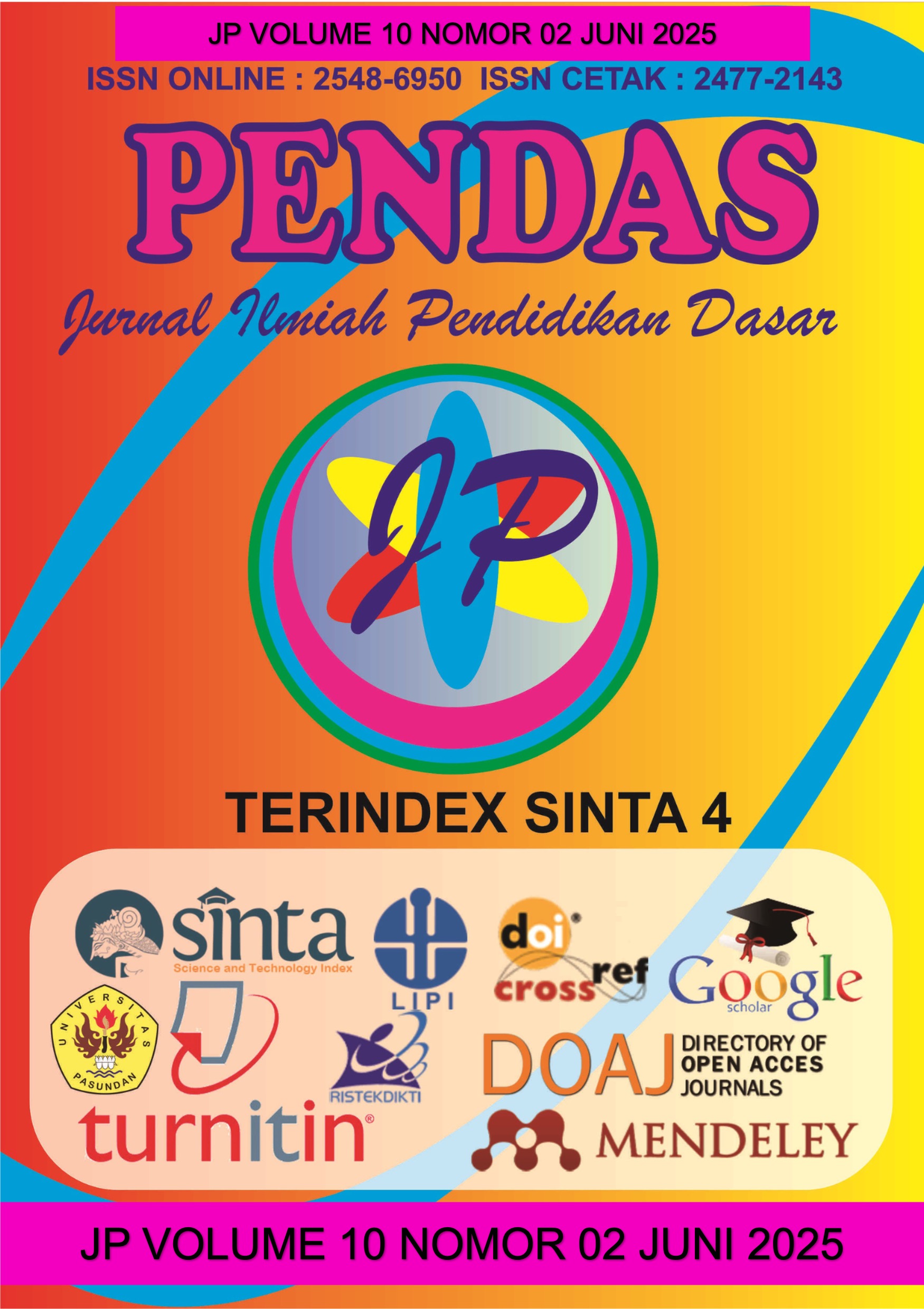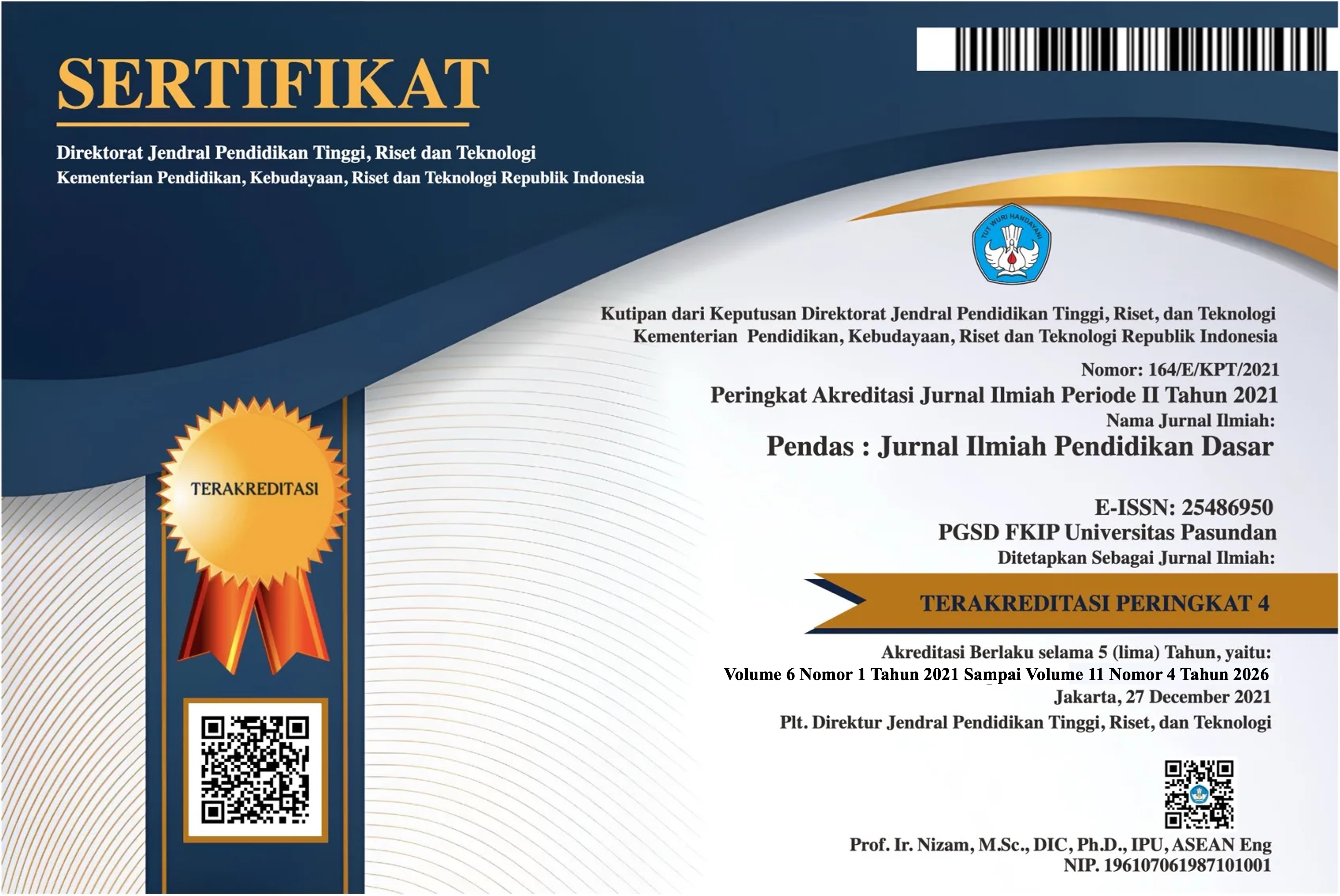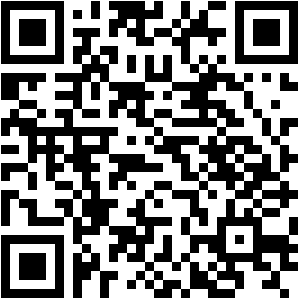DAMPAK PERILAKU PHUBBING TERHADAP INTERAKSI SOSIAL ASOSIATIF MAHASISWA TADRIS IPS UIN MATARAM
DOI:
https://doi.org/10.23969/jp.v10i02.27231Keywords:
Associative Social Interaction, Phubbing, SmartphoneAbstract
The title of this research is "The Impact of Phubbing Behavior on the Associative Social Interaction of Students in the Tadris Social Studies-Economics Department at UIN Mataram." The purpose of this study is to understand the impact of phubbing behavior on the associative social interactions of students in the Tadris Social Studies-Economics Department, as well as the reasons behind students engaging in phubbing. The research employs a qualitative method with a field research approach. The data collection methods used include observation, interviews, and documentation. The results of the field research reveal several factors contributing to students' phubbing behavior, namely: 1) social media use, 2) playing games, 3) situational factors, and 4) imitating the behavior of those around them. The characteristics of students who engage in phubbing include spending excessive time on smartphones, feeling anxious or restless when not using their phones, constantly checking their screens, and feeling more comfortable communicating via smartphones. Furthermore, the research identifies several impacts of phubbing on students' associative social interactions, including: 1) feeling unappreciated, 2) strained friendships, 3) a decline in communication quality, and 4) a decrease in collaboration.Downloads
References
Aditia, R. (2021). Fenomena Phubbing: Suatu Degradasi Relasi Sosial sebagai Dampak Media Sosial. Keluwih: Jurnal Sosial Dan Humaniora, 2(1), 8–14. https://doi.org/10.24123/SOSHUM.V2I1.4034
Audina, W., & Firman. (2022). Fenomena Perilaku Phubbing di Lingkungan Masyrakat. Jurnal Pendidikan Dan Konseling (JPDK), 4(6), 12336–12341. https://doi.org/10.31004/JPDK.V4I6.10427
Buchori, S., Fadhilah Umar, N., Kunci, K., Phubbing, P., & Perilaku, K. (2024). Analisis Perilaku Phubbing (Phone Snubbing) dan Penanganannya. KONSELING: Jurnal Ilmiah Penelitian Dan Penerapannya, 5(3), 75–79. https://doi.org/10.31960/KONSELING.V5I3.2300
Bungin, B. (2009). Sosiologi Komunikasi. Jakarta: Kencana Prenada Media Group.
Damayanti, N. L. (2023). Studi Kualitatif Fenomena Phubbing Remaja Surabaya dan Jakarta. Universitas Pembangunan Nasional Veteran, Jawa Timur.
Ekasari, E. D. (2022). Fenomena Phubbing Remaja pada Media Sosial di Pekanbaru. Universitas Islam Riau, Pekanbaru.
Farkhah, L., Saptyani, P. M., Syamsiah, R. I., & T, H. Ginanjar. (2023). Dampak Perilaku Phubbing: Literatur Review. Jurnal Keperawatan Komplementer Holistic, 1(2), 1–18. Retrieved from https://journalhadhe.com/index.php/jkkhc/article/view/12
Huldi, Y. R. (2020). Fenomena Phubbing Pada Mahasiswa Universitas Islam Riau Fakultas Ilmu Komunikasi. Universitas Islam Riau, Pekanbaru.
Isrofin, B., & Munawaroh, E. (2021). The Effect of Smartphone Addiction and Self-Control on Phubbing Behavior. Jurnal Kajian Bimbingan Dan Konseling, 6(1), 15–23. https://doi.org/10.17977/UM001V6I12021P015
Kadafi, A., Pratama, B. D., Suharni, S., & Mahmudi, I. (2020). Mereduksi Perilaku Phubbing melalui Konseling Kelompok Realita Berbasis Islami. JBKI (Jurnal Bimbingan Konseling Indonesia), 5(2), 31. https://doi.org/10.26737/JBKI.V5I2.1721
Lubis, F. R., Siregar, Y. D., & Muary, R. (2024). Dampak Penggunaan Gadget terhadap Kemampuan Literasi Informasi Siswa Siswi di SMA Negeri 1 Kerajaan Kabupaten Pakpak Bharat. Sindoro: Cendikia Pendidikan, 4(5), 71–80. https://doi.org/10.9644/SINDORO.V4I5.3364
Marlina, Y., Sayuti, A., Hasanah, A., & Arifin, B. S. (2023). Expanding Avenues In Building Students’ character Through Religious And Spiritual Development In Digital Era. EDUTEC : Journal of Education And Technology, 7(1), 278–289. https://doi.org/10.29062/EDU.V7I1.639
Miles, B. Mathew, & Michael Huberman. (1992). Analisis Data Kualitatif Buku Sumber Tentang Metode-Metode Baru. Jakarta: UIP.
Moleong, L. J. (2017). Metode Penelitian Kualitatif. Bandung: PT Remaja Rosdakarya Offset.
MS, Muh. T. H., Anita, A., Narayani, N. W. E., & Mariana, M. (2021). Causes and impacts of phubbing on students in a public university. Public Health of Indonesia, 7(4), 153–158. https://doi.org/10.36685/PHI.V7I4.430
Nur, A. (2020). Phubbing dan Komunikasi Sosial. Jember: UIJ.
Sari, W. P., Ta, Y. L., Riwanda, J. K., & Irena, L. (2024). Fenomena Phubbing dalam Komunikasi antar Pribadi bagi Generasi Muda. Jurnal Serina Abdimas, 2(1), 221–228. https://doi.org/10.24912/JSA.V2I1.29209
Siregar, S. W. (2024). Fenomena Phubbing pada Mahasiswa. Al-Murabbi Jurnal Pendidikan Islam, 2(1), 235–247. https://doi.org/10.62086/AL-MURABBI.V2I1.679
Soekanto, S. (2014). Sosiologi Suatu Pengantar. Jakarta: PT Raja Grafindo Persada.
Soetarno. (1989). Psikologi Sosial. Yogyakarta: Kanisius.
Valentino, J. M., Rayyan, A. M., Jannah, O. M., Damara, R., Fradika, A. A., Zuhri, S., … Timur, J. (2024). Dampak Penggunaan Gadget pada Generasi Z Dalam Bersosialisasi dan Beragama. IJM: Indonesian Journal of Multidisciplinary, 2(4), 74–82. Retrieved from http://journal.csspublishing.com/index.php/ijm/article/view/770
Downloads
Published
Issue
Section
License
Copyright (c) 2025 Pendas : Jurnal Ilmiah Pendidikan Dasar

This work is licensed under a Creative Commons Attribution 4.0 International License.



















